

Before Kazuki Kuraishi was creating graphics next to Sk8thing at BAPE, he waw trailing the mountainous terrains of Colorado, equipped with just his mountain bike and an overflowing sense of curiosity. After spending some time there, he discovered that he was drawn to mountain bike logos and began imagining all the ways graphics could serve as a means of expression. Emblematic logos covered a bevy of steel tubes in a colorful medley of paint and iconography where ideas for T-shirts would surface. Eventually, he traveled to New York City to study graphic design, and the rest is history.
These days his garments seem to have shifted gears to a tone that’s predominantly more muted. But behind the subdued exteriors of his recent collections lie complex exoskeletons of considered construction: the result of numerous iterations to simplify. Much like the iPhone, less is more, and the same could be said about the way Kazuki’s approach to designing has progressed over the years.
But if we rewind further back past his Colorado days, the person we’d come to discover is the young high school student who had just moved away from home, listened to the Stone Roses religiously, and played soccer in his school team.
We sat down with Kazuki Kuraishi to cover his extensive career as a graphic artist and garment designer. Linking the past to the present, we get a glimpse of some major milestones that have led us to arrive at his inaugural Kazuki Kuraishi x Every Second Counts Autumn/Winter 2018 collection.
HYPEBEAST: Why do you think there is this obsession with the past? In the olden days, people were excited about coming up with concepts that they thought would exist in the future. Now, everyone seems to get excited about references to the past.
Kazuki Kuraishi: I don’t really keep up with trends, so I am not really sure I can comment too much why 2018 is the way it is, but I do agree that it is a natural phenomenon. It will always repeat in this cycle. Things will come and go, come and go… etc.
I have heard about this fashion trend cycle but never really witnessed it until my current assistant started working with me. He is 21 and he dresses exactly like I did when I was in high school. So I am really living and experiencing this fashion trend cycle. It’s not even a rough approximation of what I used to wear, it IS exactly what I used to wear, down to the details. Fifteen to twenty years ago, I wore chunky sneakers, so now I am very excited that it has made its way back on the market.
H: Do you think this cycle is good or bad?
K: It is not about good or bad. People should consume fashion. This is just a cycle. Fashion won’t be like the automotive industry, where they go through huge breakthroughs and innovations. The innovations in fashion are small.
H: I still think things such as solar panels in clothing, or even the GORE-TEX fabric membrane are innovative, but these have already been in existence for quite some time.
K: The advancements and innovations are there, they just happen very indiscreetly and are subtle. Take, for example, stretchy fabrics. If something is made with 100% nylon, for someone that makes clothing that’s something super interesting, but on a consumer level, it doesn’t really sound like anything special at all. If it is 90% nylon and 10% elastic yarn, you will still have a stretchy garment, but 100% nylon is something that is more of a recent thing that no one really pays attention to outside of manufacturing.“Some of my favorite items I own are very impractical, but I like them because… well, I just do.”
H: Did you already have an idea of what a full sportswear collection should be like? Even before meeting the team at ESC (Every Second Counts)?
K: I didn’t really go through past ESC collections, but I approached it like I would for most of my projects. I knew it was going to be sportswear, so I knew it had to be highly mobile and comfortable. At the same time, I also have the belief that it doesn’t always need to make the most sense. Some of my favorite items I own are very impractical, but I like it because… well, I just do.
H: When looking at the Kazuki Kuraishi x Every Second Counts collection, I feel like it was made with lifestyle in mind.
K: If it is hardcore sportswear, you might need apparel that’s going to help get you that extra 0.1 of a second, but going to the gym is not a competition so I didn’t have this competitive sports mentality in mind. This allowed me to add more of what I thought were interesting aspects to the collection — giving it that lifestyle aesthetic that you could potentially wear to the streets.
H: So how important is form and function?
K: For this collection, comfort came first. I had to keep function at the top for this collection due to its intended use. When designing for other things in general, I may not add something like extra padding to the elbow due to bulk and appearance. For sportswear, it is completely different. I need to incorporate these details due to the requirements of the wearer. Functionality, to me, is very important.
These days, there are a lot of people wearing serious outdoor/athletic gear on the street. The transition, or wearability, from street to gym is something I am after. I would like to see someone who already goes to the gym wear this collection to the gym over some of the other options already available in the market. I am not trying to convince people who come from the opposite side — those who only look at lifestyle, and then convince them to wear this on the street.
“I wanted to incorporate the ESC logo with some sort of functional detail behind it.”
H: Could you talk about some of the personal touches you’ve put into to collection?
K: For the entire collection, I wanted to incorporate the ESC logo with some sort of functional detail behind it. Not only is the ESC logo apparent in the jacket, but each logo is embroidered on in specific areas to act as bar tacks. We, of course, have stuff like bonded seams, but the embroidery was a special detail I really enjoyed as it made the logo stand out, and was a functional element.
The silhouettes all started as sportswear, so that was the starting point. At the same time, if you’re comfortable wearing this at the gym, it’s most likely that it will be comfortable on the street.
H: Is that the reasoning behind the muted and earthy colors?
K: Originally, we wanted to incorporate even brighter colors in the collection, but after I arrived at the Every Second Counts’ showroom, I notice that a lot of their mainline already had a lot of bright colors. I wanted to make something different, and that’s why a lot of the bright colors comes out in the lining.
H: What are some of the key pieces?
K: The Teflon Stand Collar Jacket would have to be one of the key pieces. The functional details are not overtly there, but if you look close, you can see the functional elements like ventilation holes and bright green lining. I chose bright colors for the lining because, since this is sportswear, when you move during exercise — when bending your arms and knees — the color is seen through movement.
H: Is this one of your favorite details throughout the collection?
K: Actually, I’d say the 2.5L Jacket has one of my favorite details. The .5 layer of the jacket is reserved for printing, and we used this 3D technique of printing so that less surface area touches your skin. This gives you a lightweight sensation, even if you sweat.
H: Your bags in the past have featured this horizontal clasp closure. Is that one of the design elements that’s reserved for your bags and accessories?
K: The initial idea behind this design was to attach two bags into one, so that’s why the buckle is like that. Although that initial intention for the buckle is not there anymore, I think now it can be repurposed for a different function, like how I’m able to hold this newspaper.“I feel like those training at the gym are almost like warriors or soldiers preparing their bodies for battle…”
H: What about the chevron-like patterns seen in the performance tops?
K: I was largely inspired by armor from the Middle Ages. I feel like those training at the gym are almost like warriors or soldiers preparing their bodies for battle, and if you look at some of the armor from this period of time, you will see a lot of similar patterns.
I don’t like to look at current things as I feel that just by living in the present time, even if you aren’t looking for references, you will subconsciously be affected by something that’s recent. That’s why I try to look at things from the past.
H: I also wanted to touch more on the athletic component of the collection. I know you had an interest in mountain biking, but do you ever still look into that for inspiration or have you moved on to other kinds of sports?
K: I’m not really influenced or inspired by athletic elements in sports. These days most of the time I’m just walking, and occasionally snowboarding. Those are really the only physical activities that I do now. Having said that, moving is living, right? So when I move around, I’ll be thinking about the human form and how to make functional clothes.
As for mountain biking, I was inspired by the graphics or logos, but not so much the athletic elements of the sport.
Kazuki Kuraishi’s designs are as deeply layered as his career’s expansive timeline: From leaving home as a teenager to riding his mountain bike in Colorado, where he was first inspired; to his humble beginnings at BAPE and meeting frontman of Stone Roses, Ian Brown; or being mentored by Hiroshi Fujiwara and taking up cut-and-sew at CASH CA, Kazuki’s progression can be traced through the evolution of his designs. All-too-often we’re encountered with moments, where if Kazuki hadn’t been at the right place, or met the right person at the right time, his designs may not have become as intricate as they are today. And it might quite well be to perfect timing where we now arrive to witness once again, the changing color of his work: Kazuki Kuraishi x Every Second Counts Autumn/Winter 2018 collection.
In the next part of our interview, we dive into Kazuki Kuraishi’s past to look at some of the moments that have helped define his career as a designer.
“It was very hard to meet someone or even exchange words with someone you respected. Nowadays, you just DM or send an email.”
H: How would you summarize your history of work to some of our readers that are only just finding out about your work? Before streetwear was widely accepted, and information was hard to find, are there any specific dates that stand out?
K: I think this is the cultural differences between Japan and the West. We actually don’t really focus too much on the year and dates. It’s interesting other countries try to remember the year a specific thing occurred.
H: I never really thought about it that way. Well, what about moments? Are there any moments that have defined your career that you do not mind sharing?
K: Well, it all started in third grade. I had to repeat that year in school because I just wasn’t the best student. My parents ended up sending me to Aomori, a capital city in Northern Japan. Another event that greatly impacted my life was when I lived by myself in high school. I was in a different prefecture from my parents, and most teenagers in Japan live with their family during this time, but I was alone.
H: Were your parents affected by you leaving home at such a young age?
K: Not really (laughs). I am the only child so I feel like they should have been sad, but they didn’t really say anything.
At this point in high school, I was playing soccer for Aomori High, and I was listening to a lot of UK rock bands. I was listening to The Stone Roses quite a bit. Years later, I interned at A Bathing Ape, and through NIGO I was finally able to meet Ian Brown from The Stone Roses.
I’d say that the thing that ties my life together is The Stone Roses. They are at the core of my timeline. I was such a big fan, then that took me to BAPE, so if I didn’t enter BAPE, I would never have met Ian.
H: You said earlier that you aren’t really invested in social media, but for today’s generation, the Internet along with social media is how many people get their daily news. Don’t you ever feel like you are missing out on certain things?
K: The time back then was not like it is now. It was very hard to meet someone or even exchange words with someone you respected. Nowadays, you just DM or send an email. It was extremely hard to near impossible back then. Now I am making clothes, and have projects with Ian… This is so much more meaningful to me. So maybe The Stone Roses are the common thread in the story of my life.
H: Do you still have a connection with the time you spent in Colorado? Or is that more of a past chapter of your life?
K: In my time at Colorado, it obviously inspired me to build my foundations. However, that alone wouldn’t be enough to convince me to go back, so I guess we could call it the past. In terms of living outside of Tokyo, I wouldn’t consider Colorado as a place to move to because, for a Japanese, it’s really hard to move to the States. Also, I prefer the snow in Japan better than what you get in Colorado for snowboarding. I might actually consider moving out to Hokkaido where the weather is much cooler during summer.
“So I guess the vital part of my life is more my connection with the people I have met.”
H: I imagine getting into A Bathing Ape at the time was no easy task as well. How did that come about?
K: I moved to New York, shortly after my time in Colorado, and at the time, there were many Japanese people coming to New York City. Someone got in touch with me to show NIGO around the city while he was visiting. So I took him to toy stores, shops, etc. We got along quite well, so it was natural that I went over to BAPE.
H: Then after BAPE, you eventually branched out to pursue other projects?
K: I was actually indirectly influenced by Hiroshi Fujiwara. NIGO was heading towards this hip-hop direction, largely due to his relationship with Pharrell Williams, but I was never really into hip-hop. I still really loved BAPE, but I suddenly couldn’t wear it anymore. Hiroshi then invited me to his office and told me he could introduce me to some people that had work.
So I guess the vital part of my life is more my connection with the people I have met. I went from liking The Stone Roses in high school, then I was really influenced by Shinsuke Takizawa. That lead to me meeting NIGO, then afterward Hiroshi Fujiwara, and now back to Ian of The Stone Roses. I worked with so many great designers at BAPE, like Sk8thing, so when I was there, I just kept learning and learning.
In other fashion news, check out our latest Street Style for Paris SS19, where rich colors & bold branding pervaded through the streets.



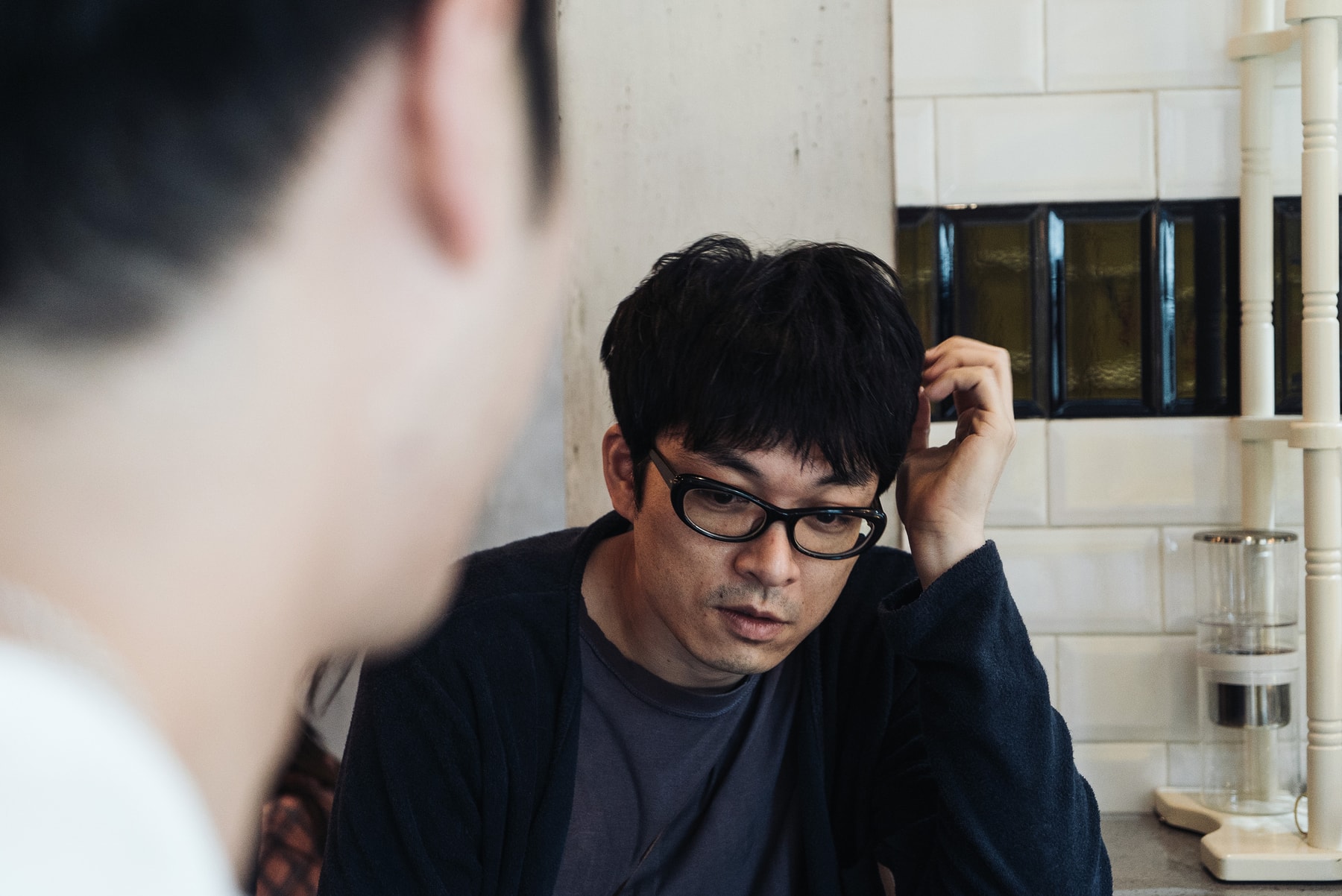


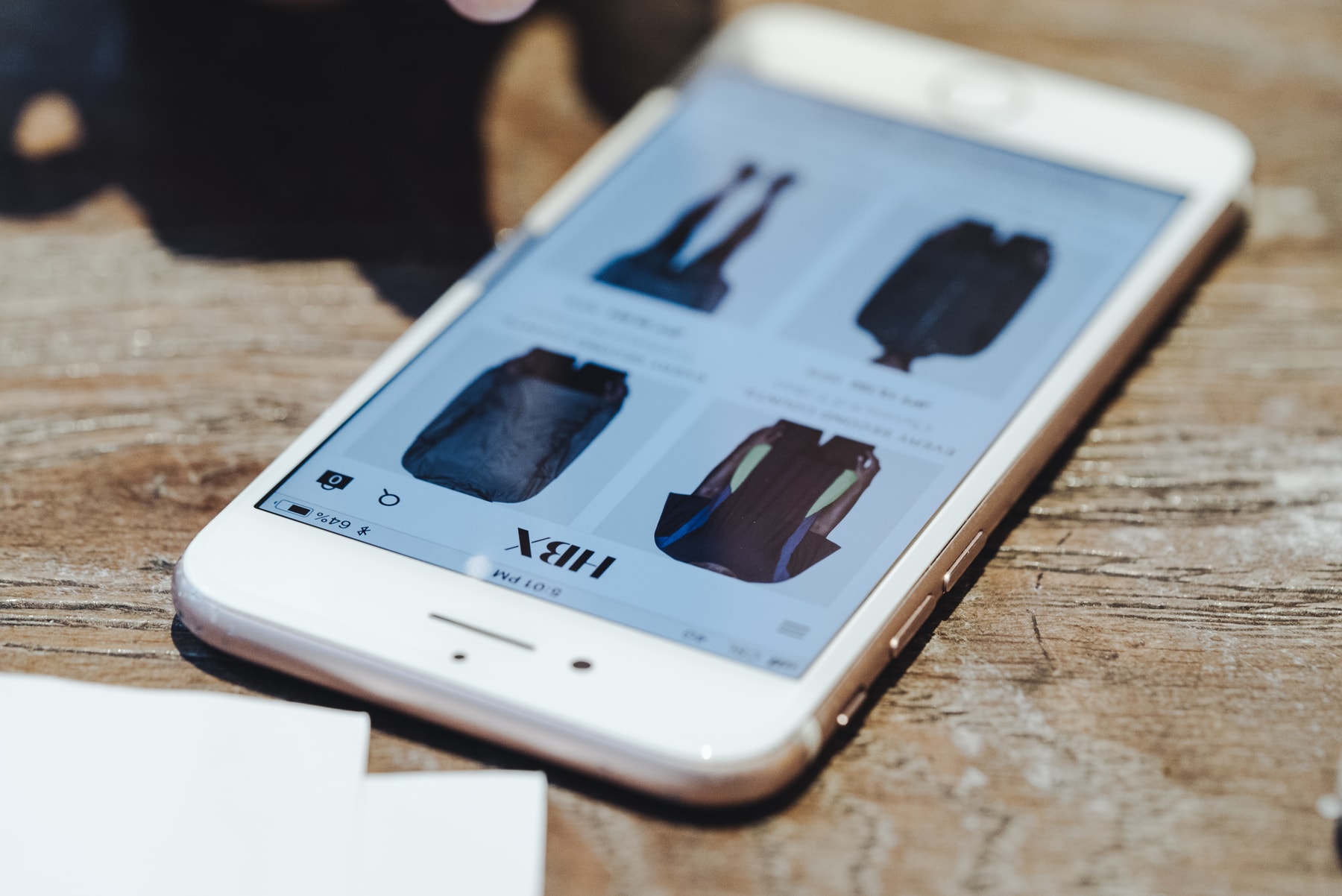
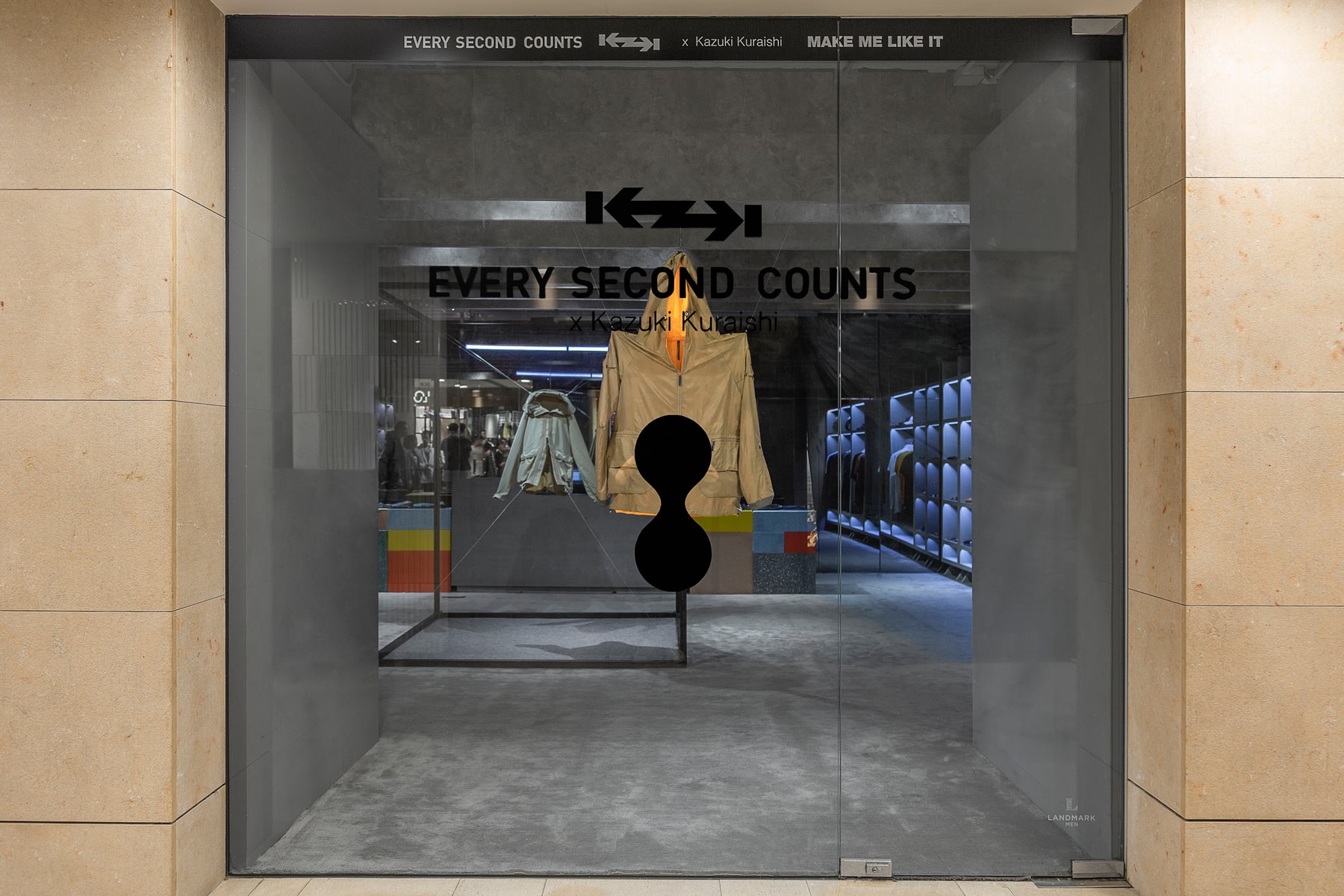
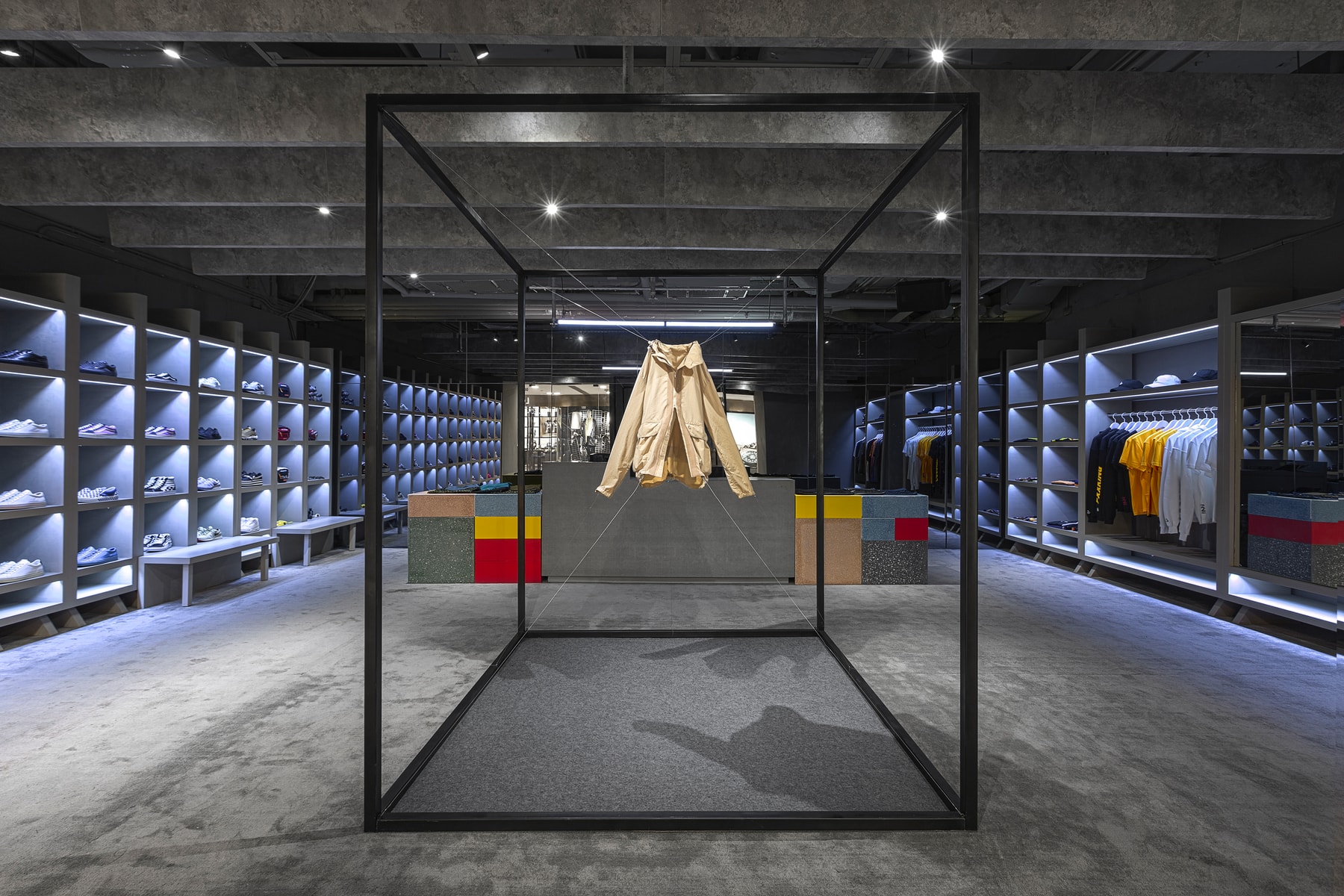
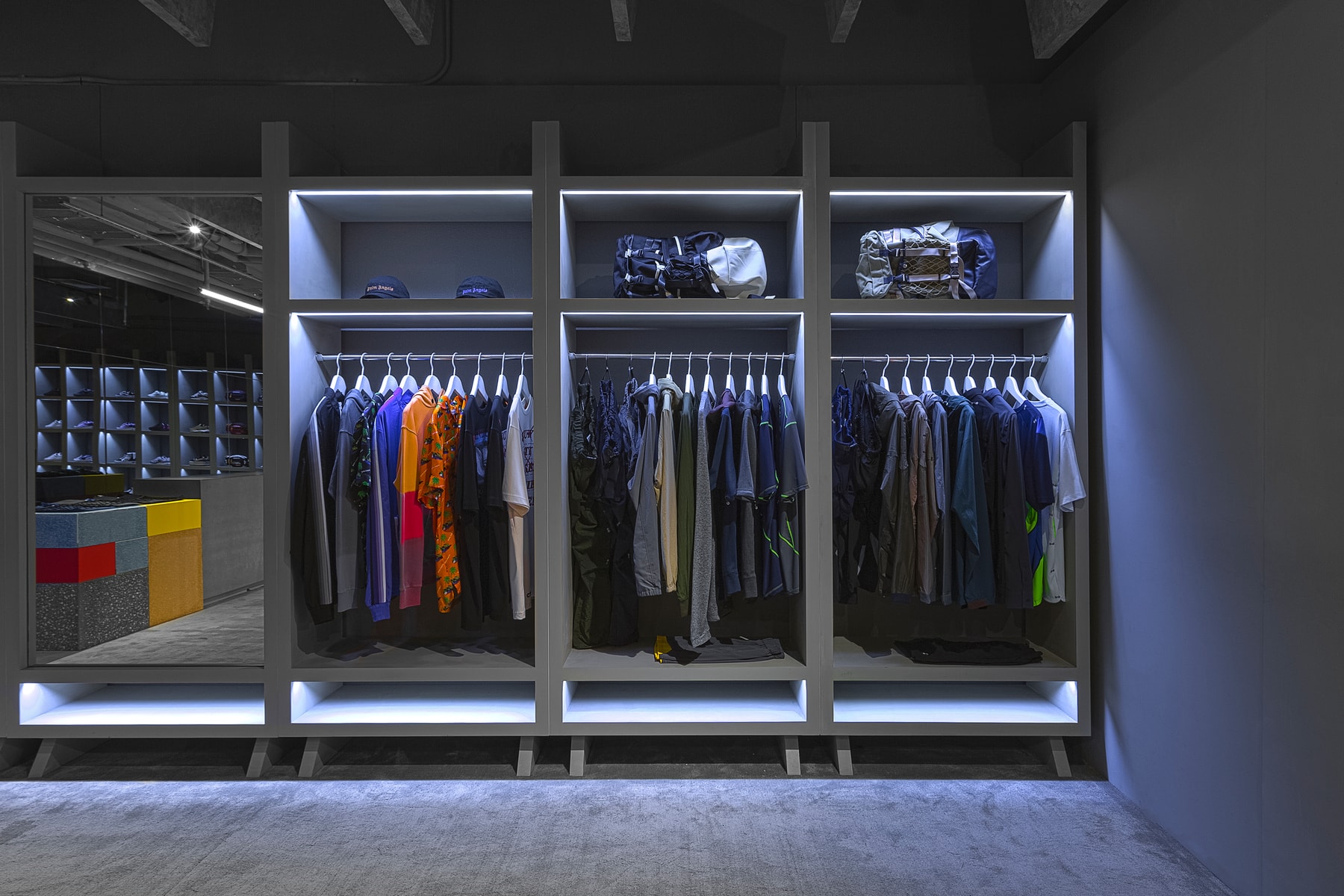
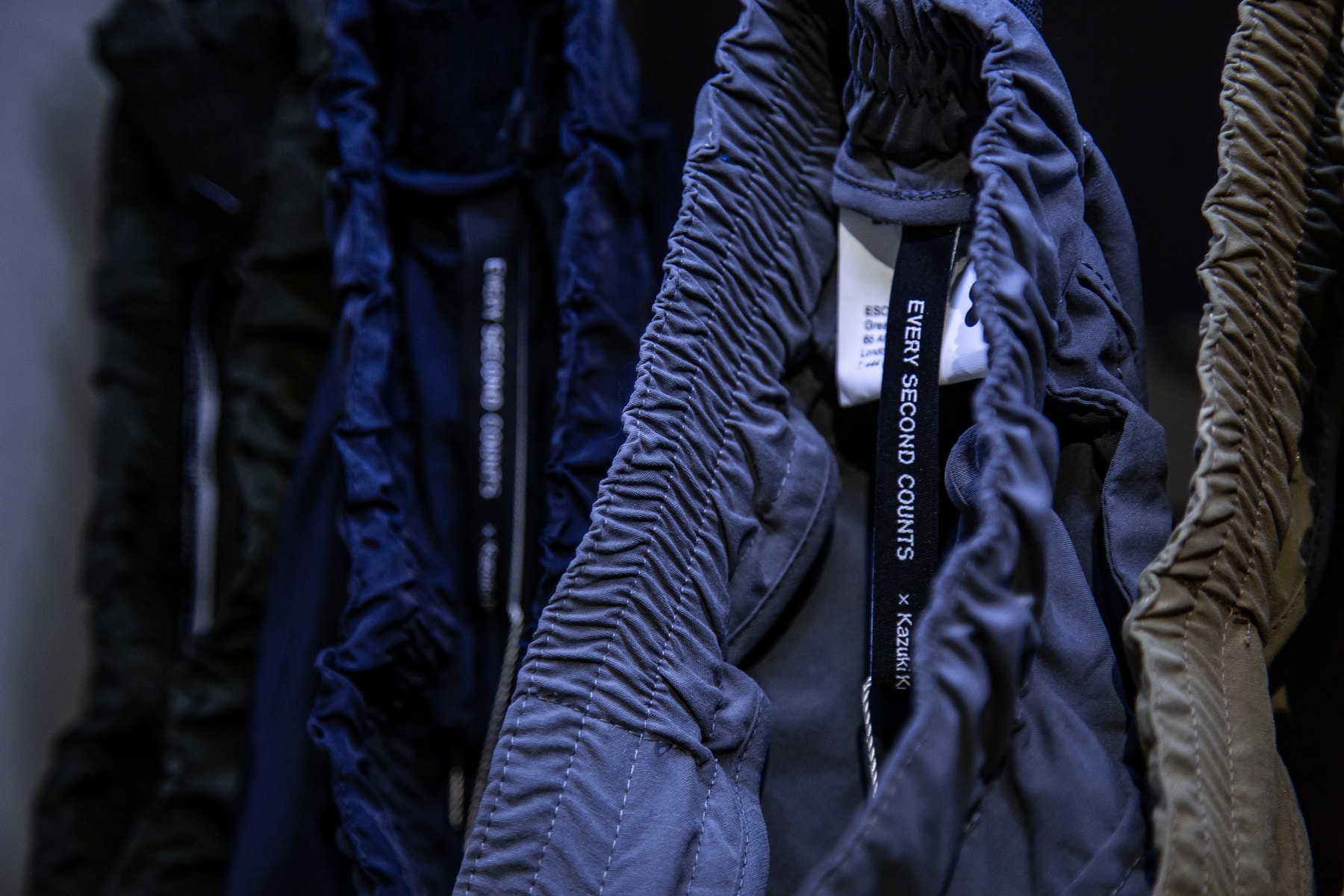
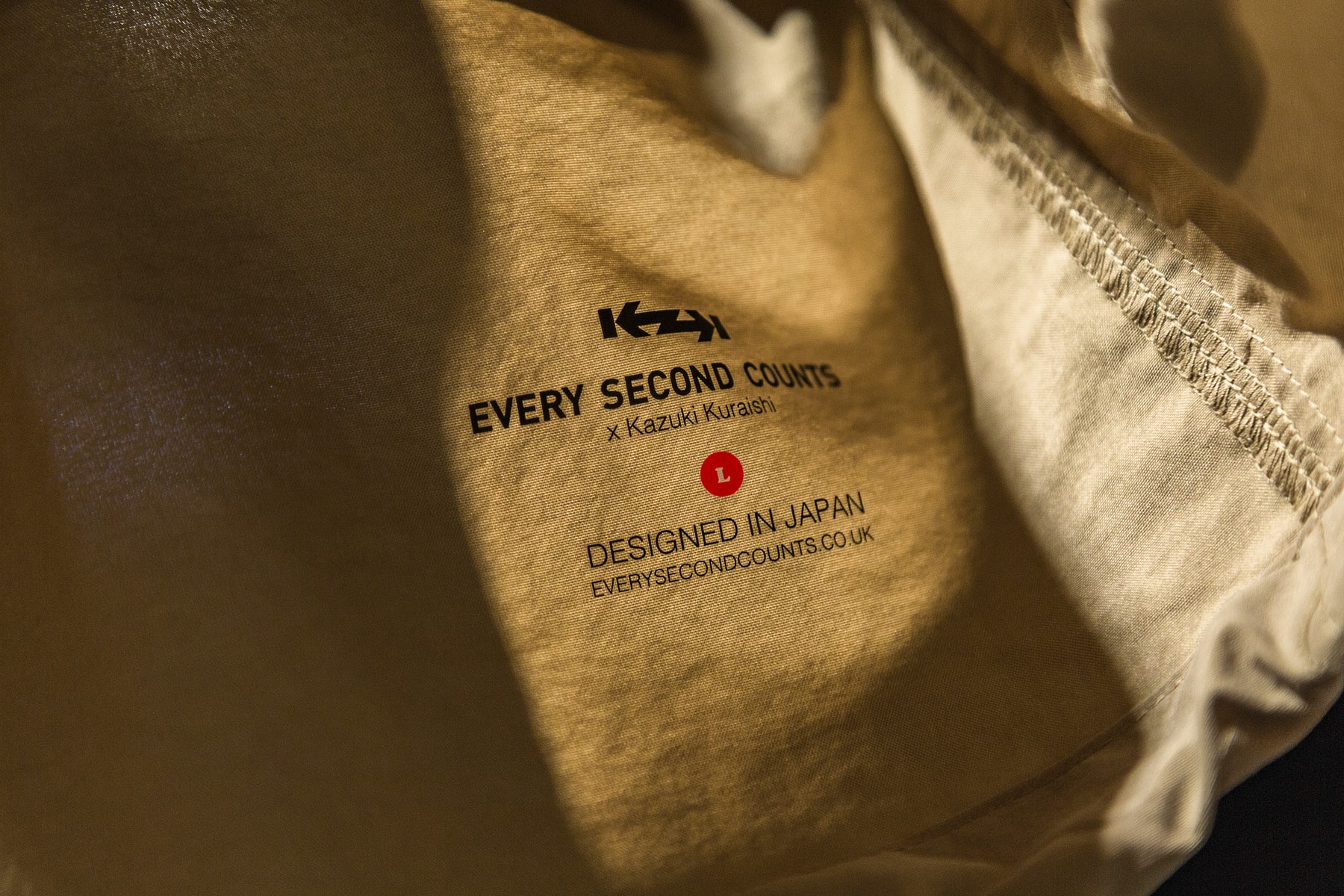
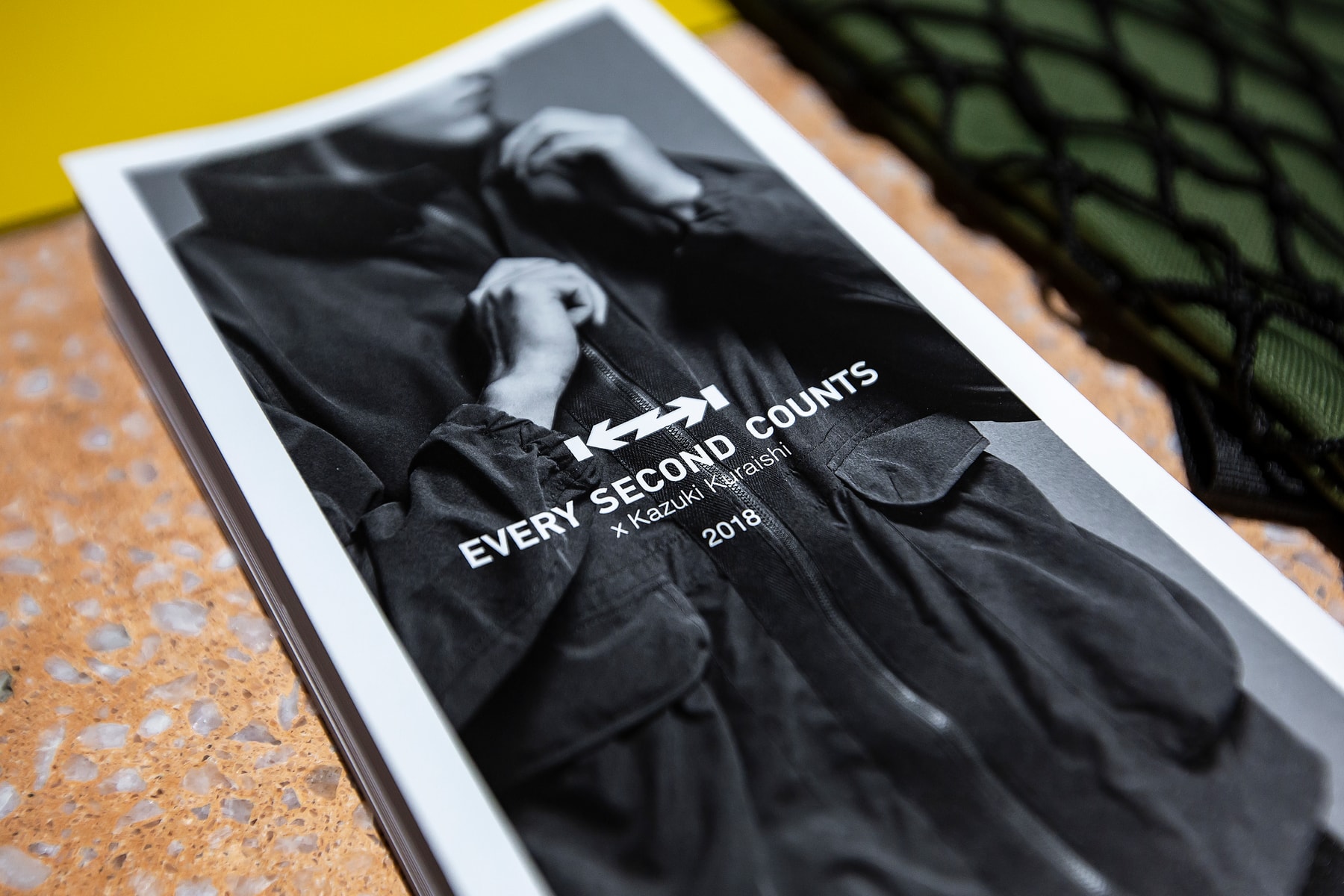
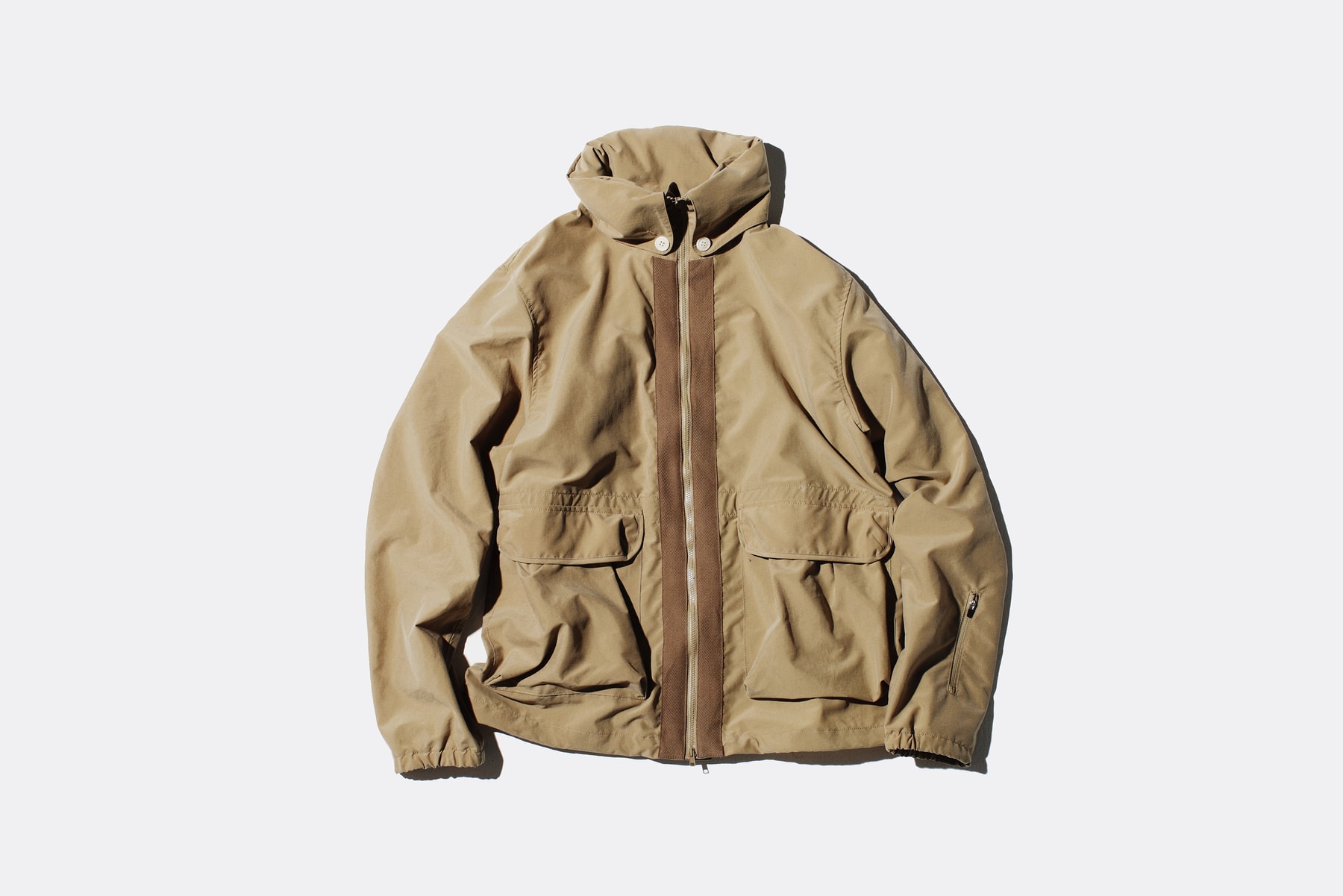
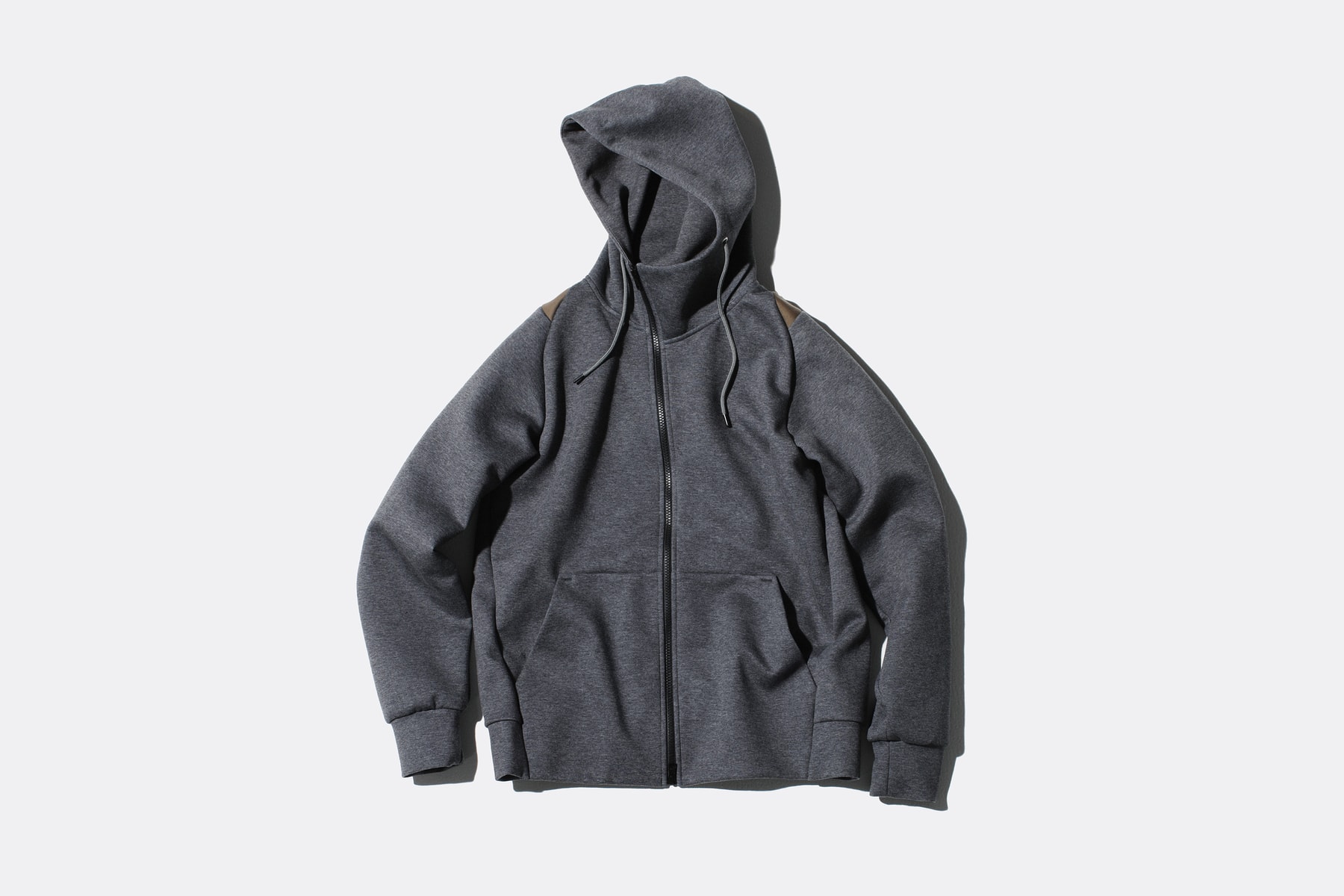
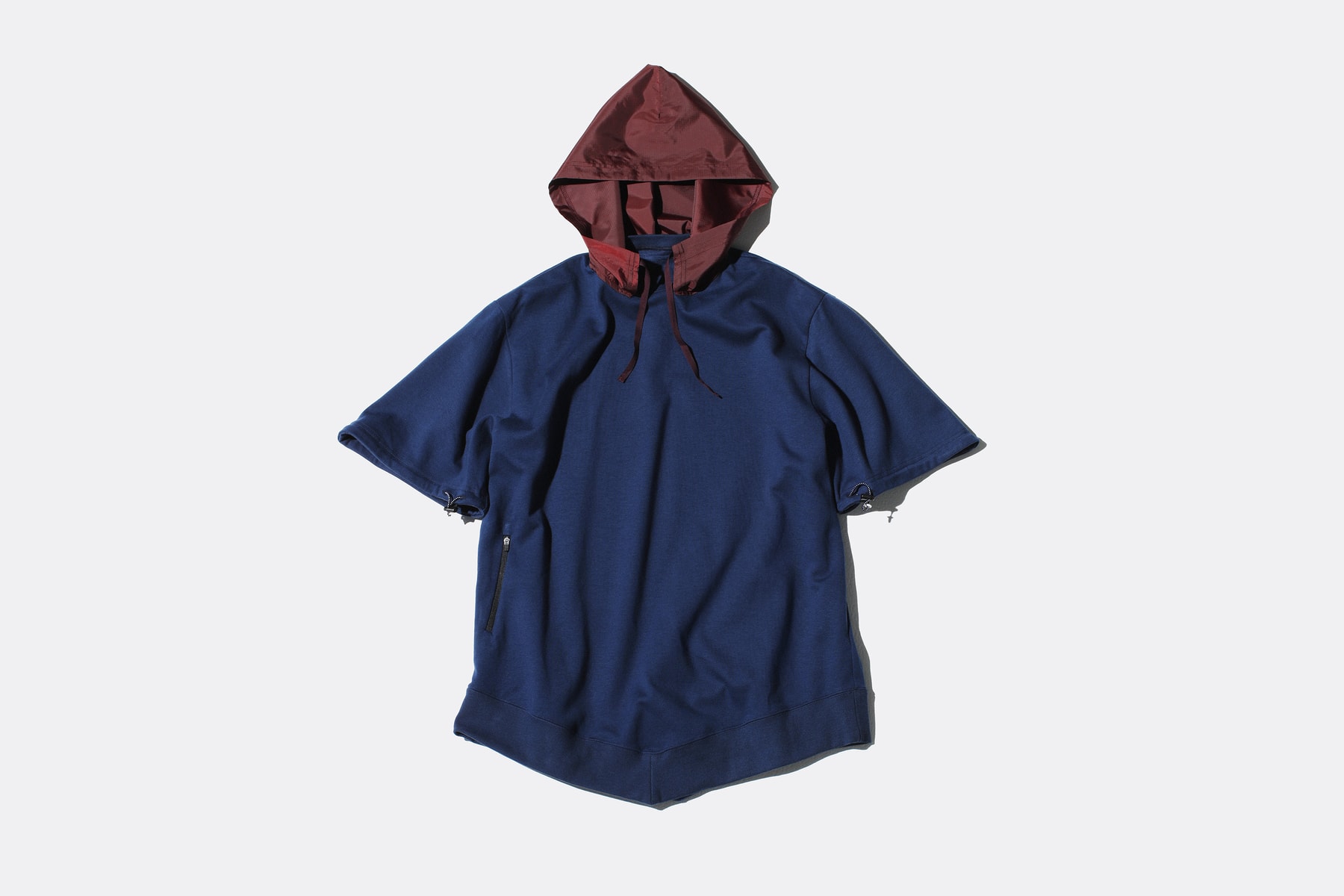
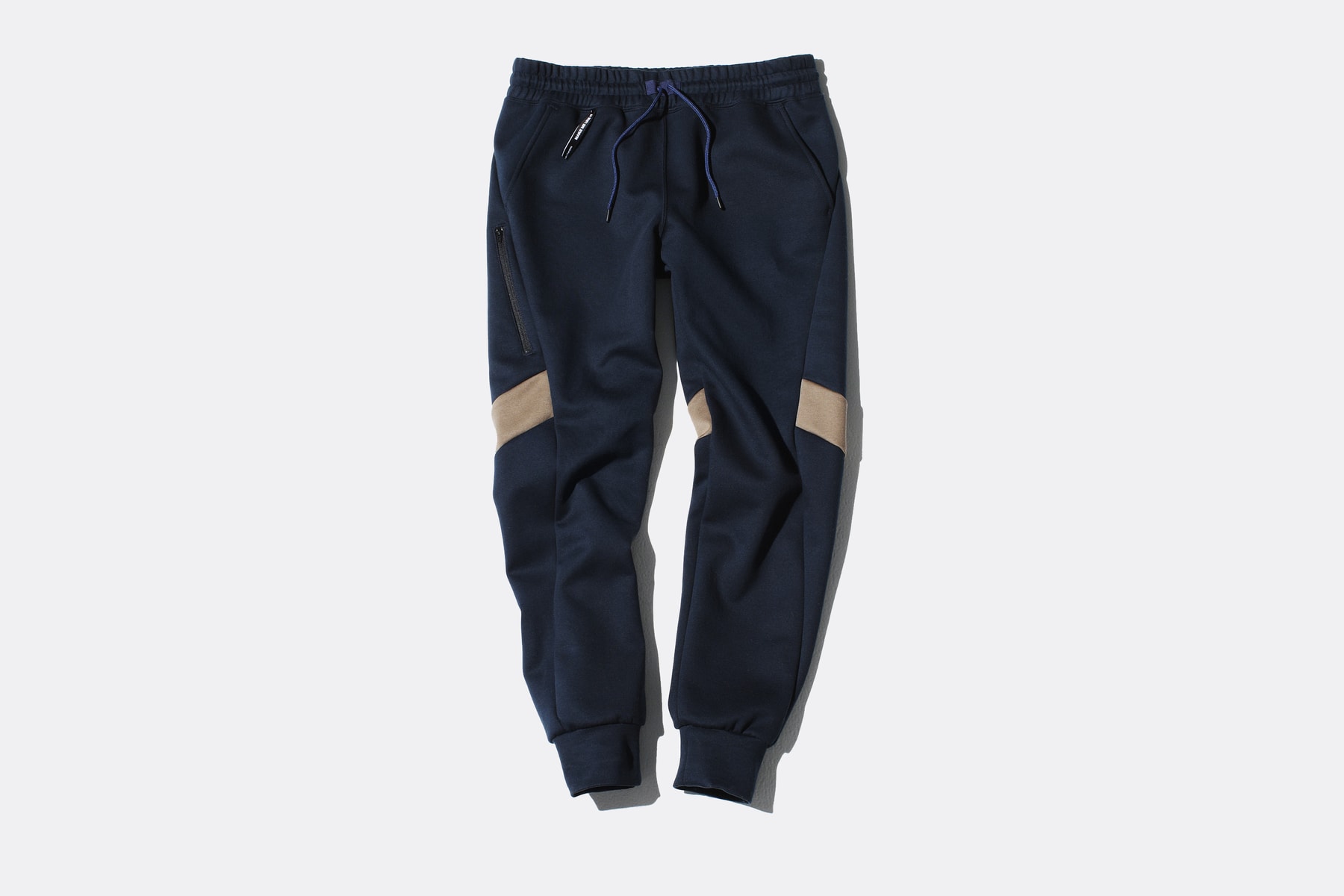
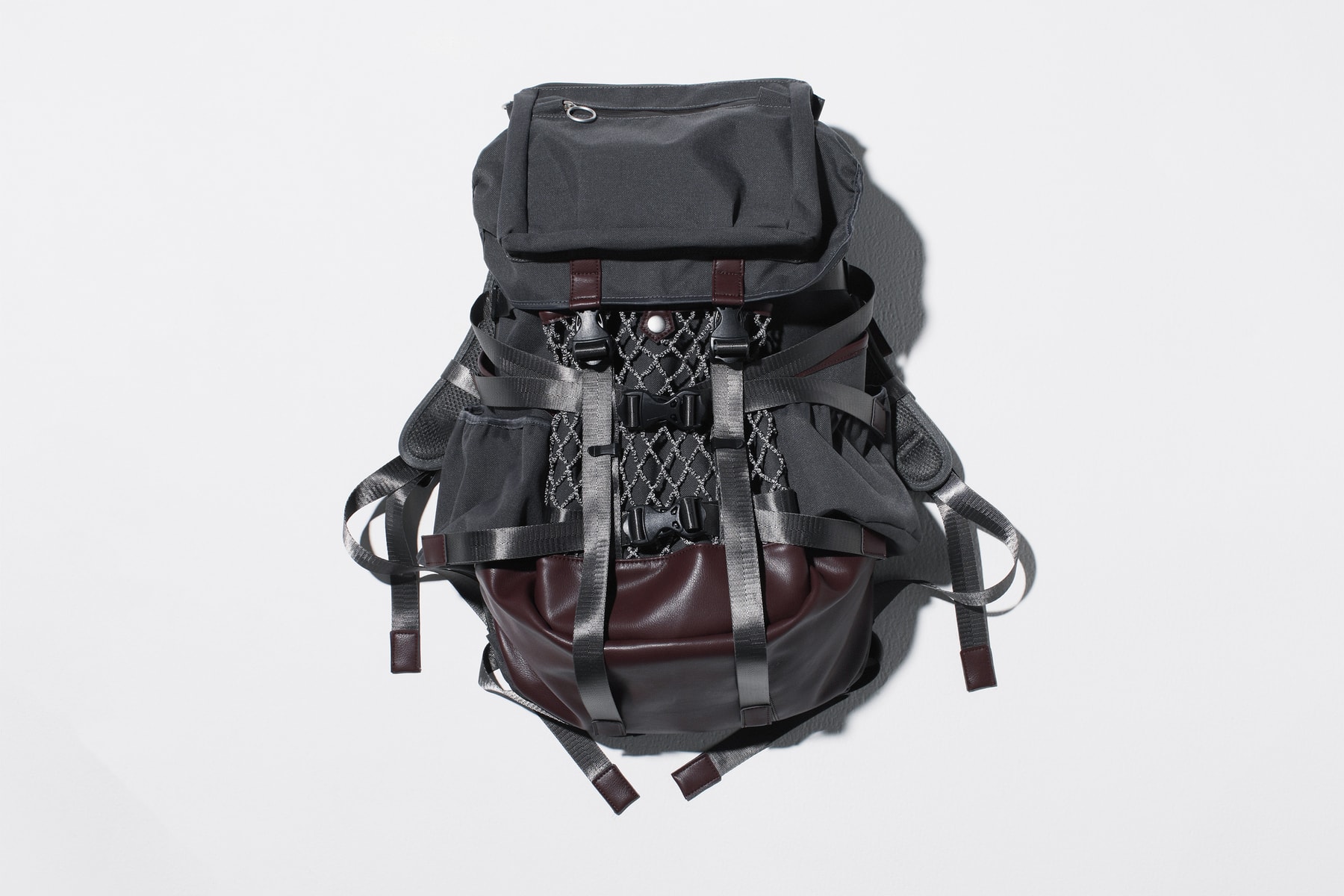
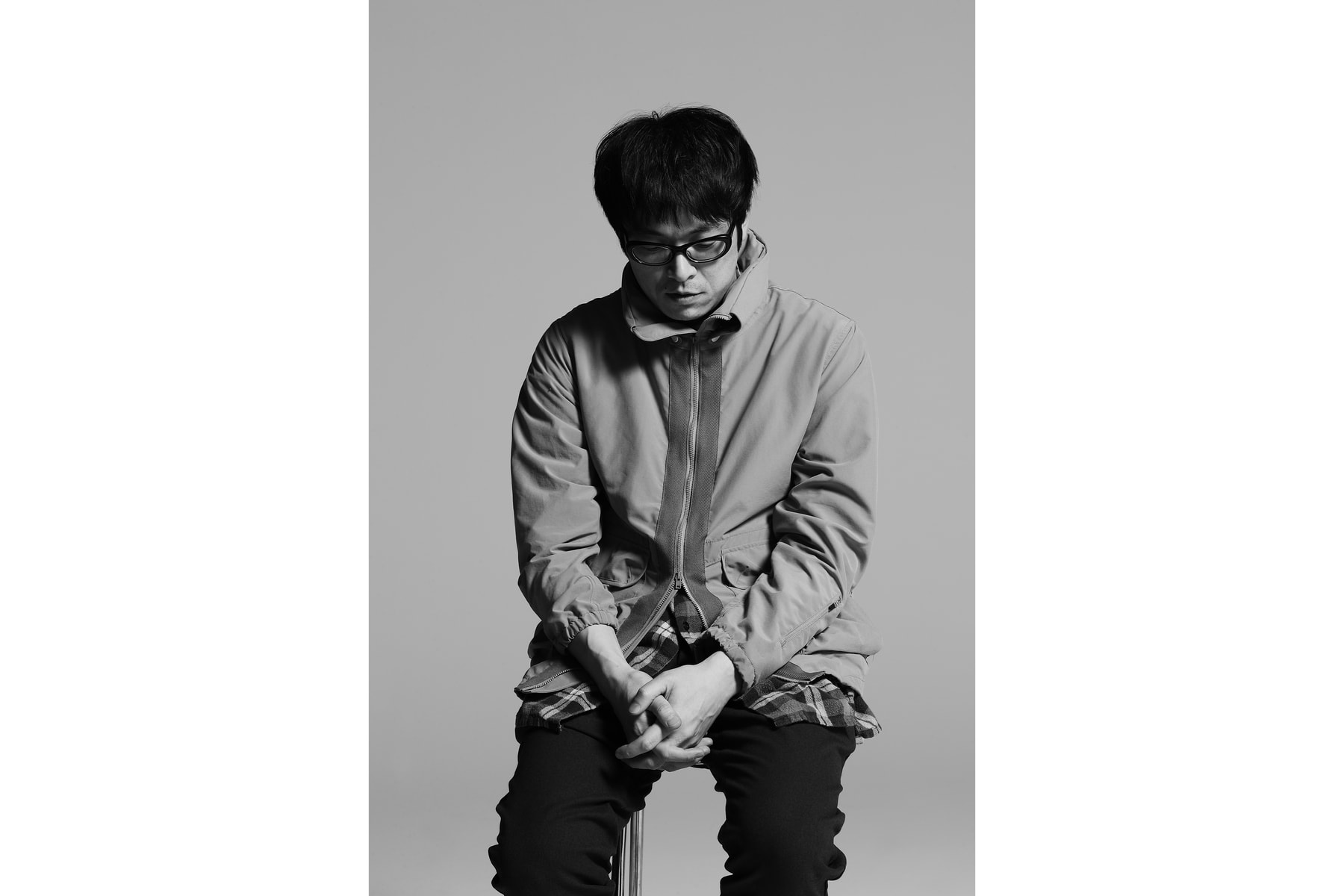
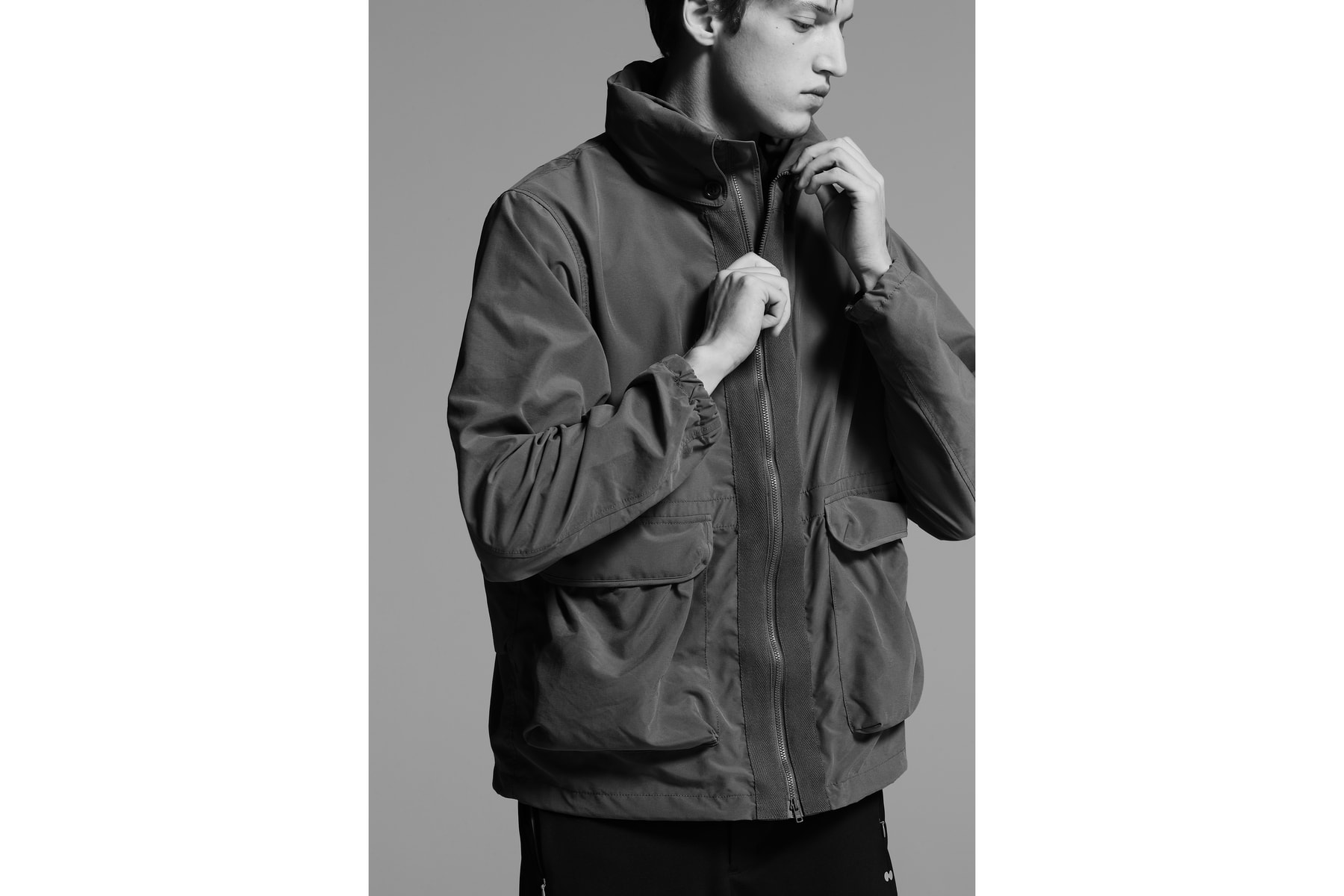
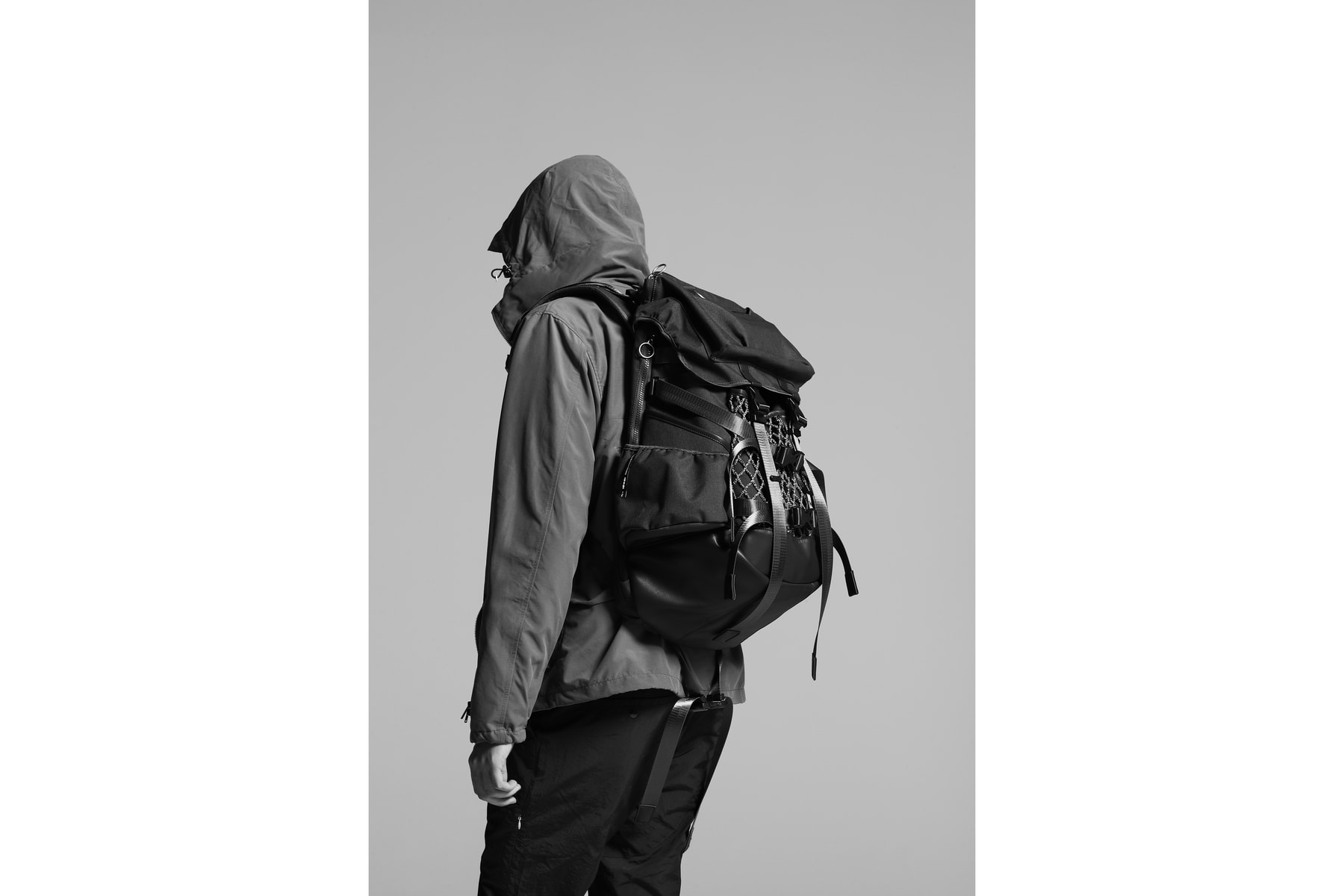
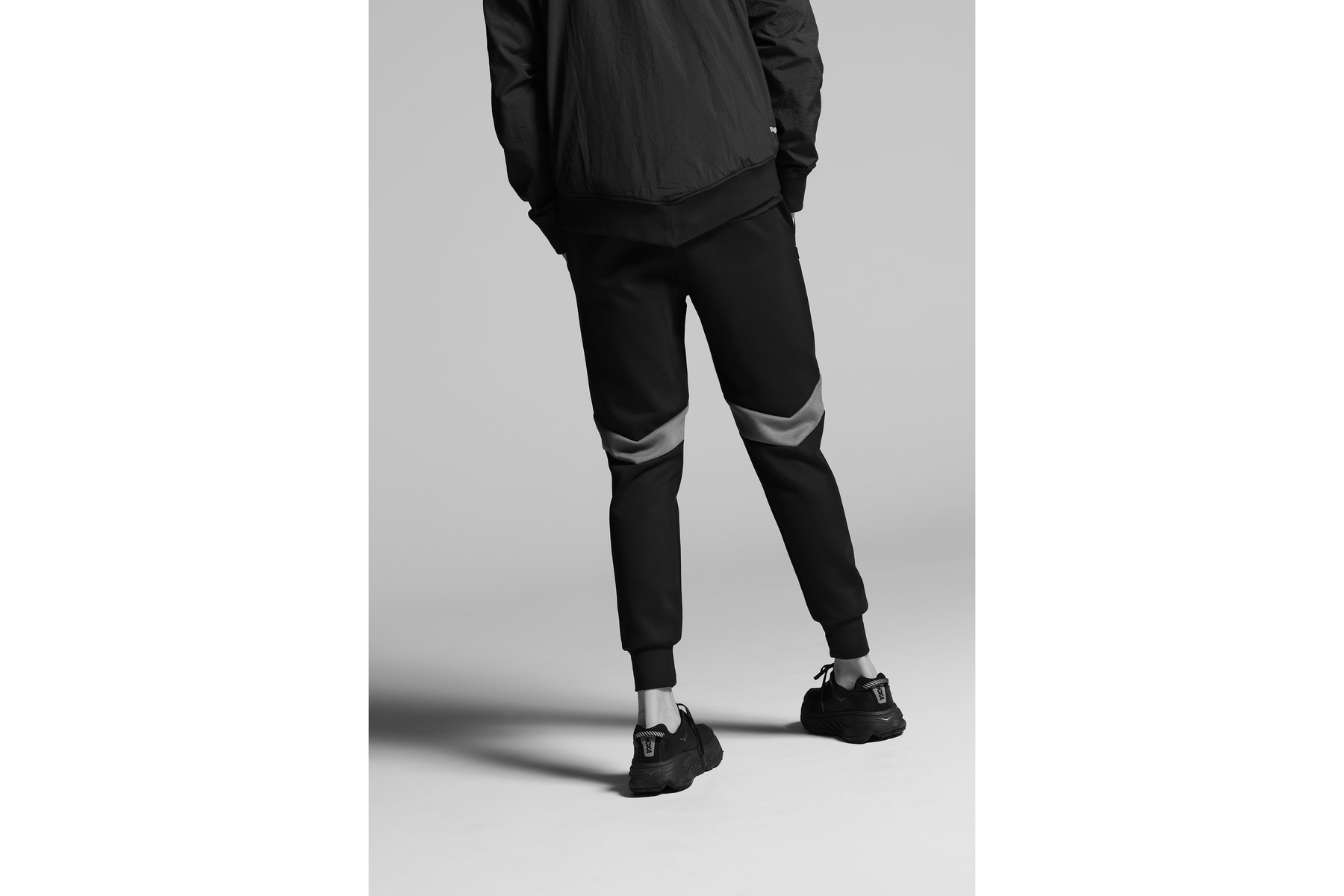
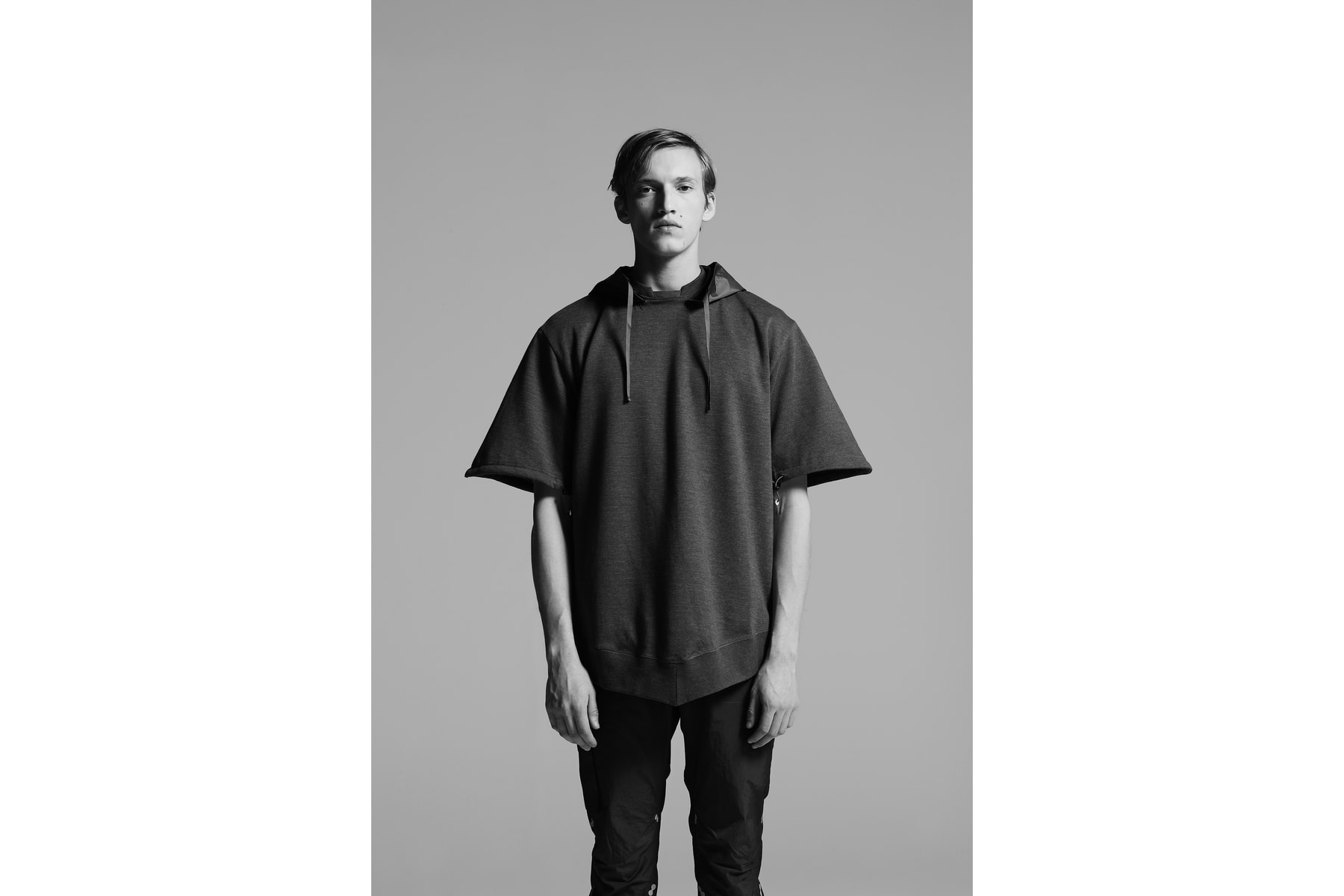
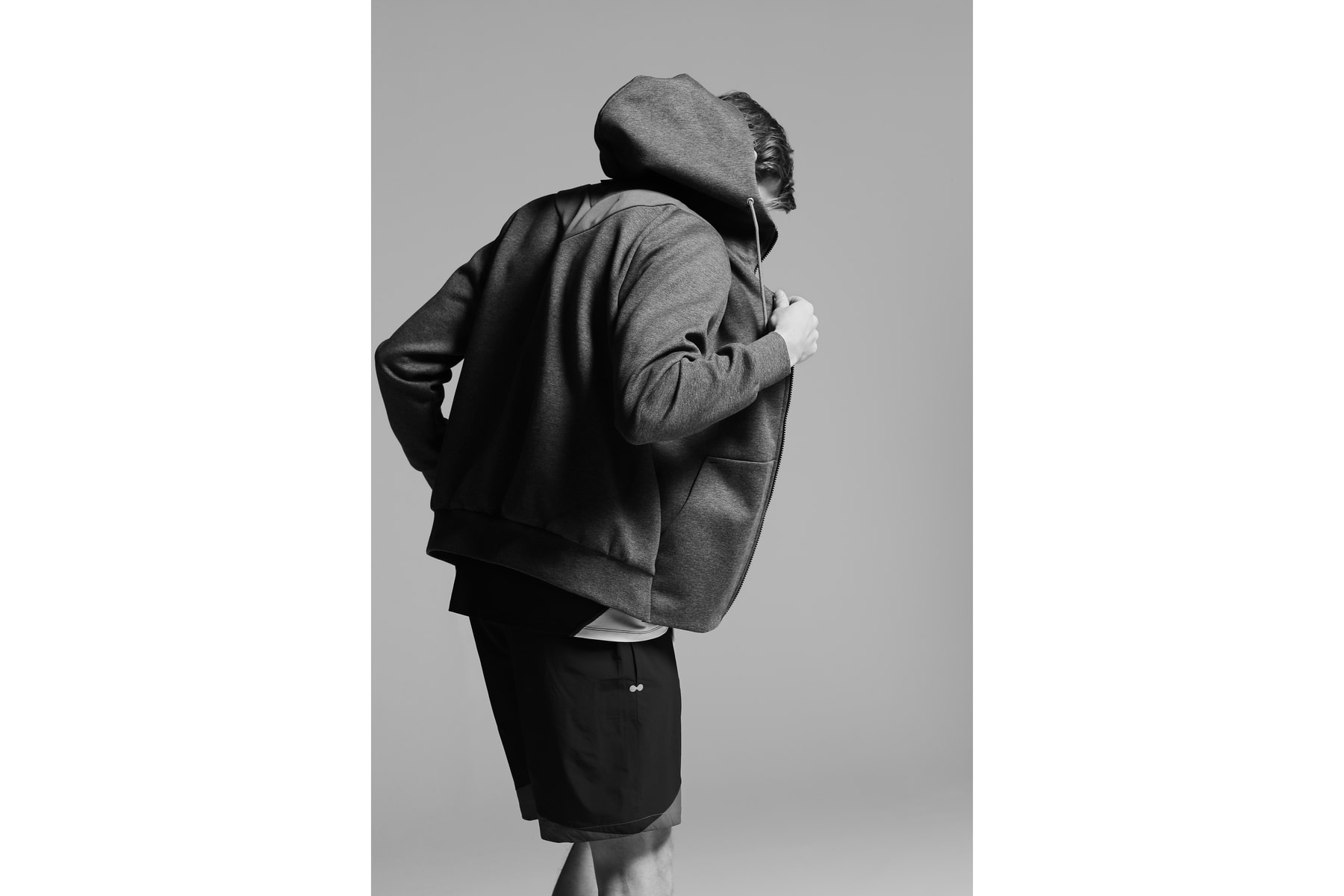
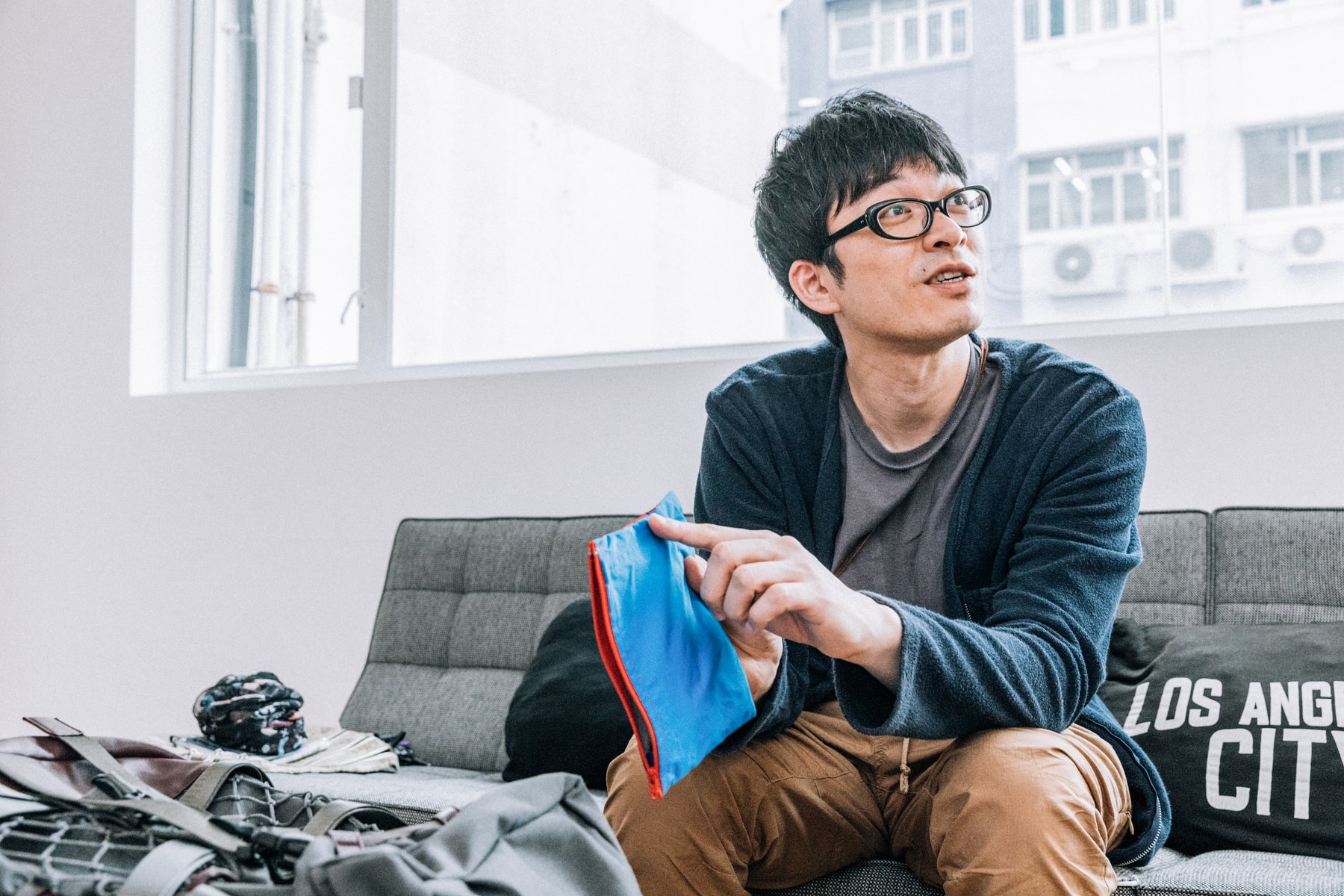
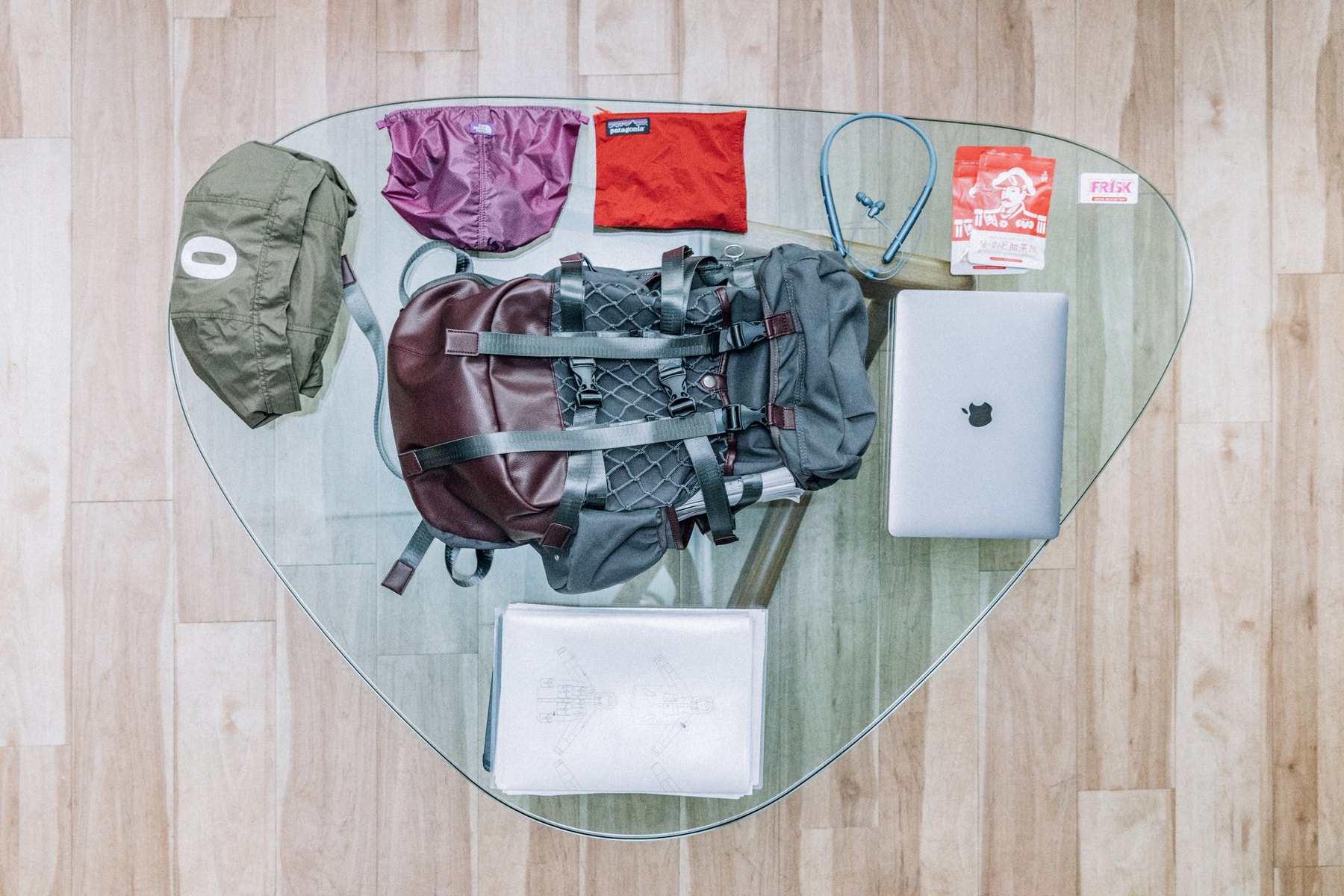
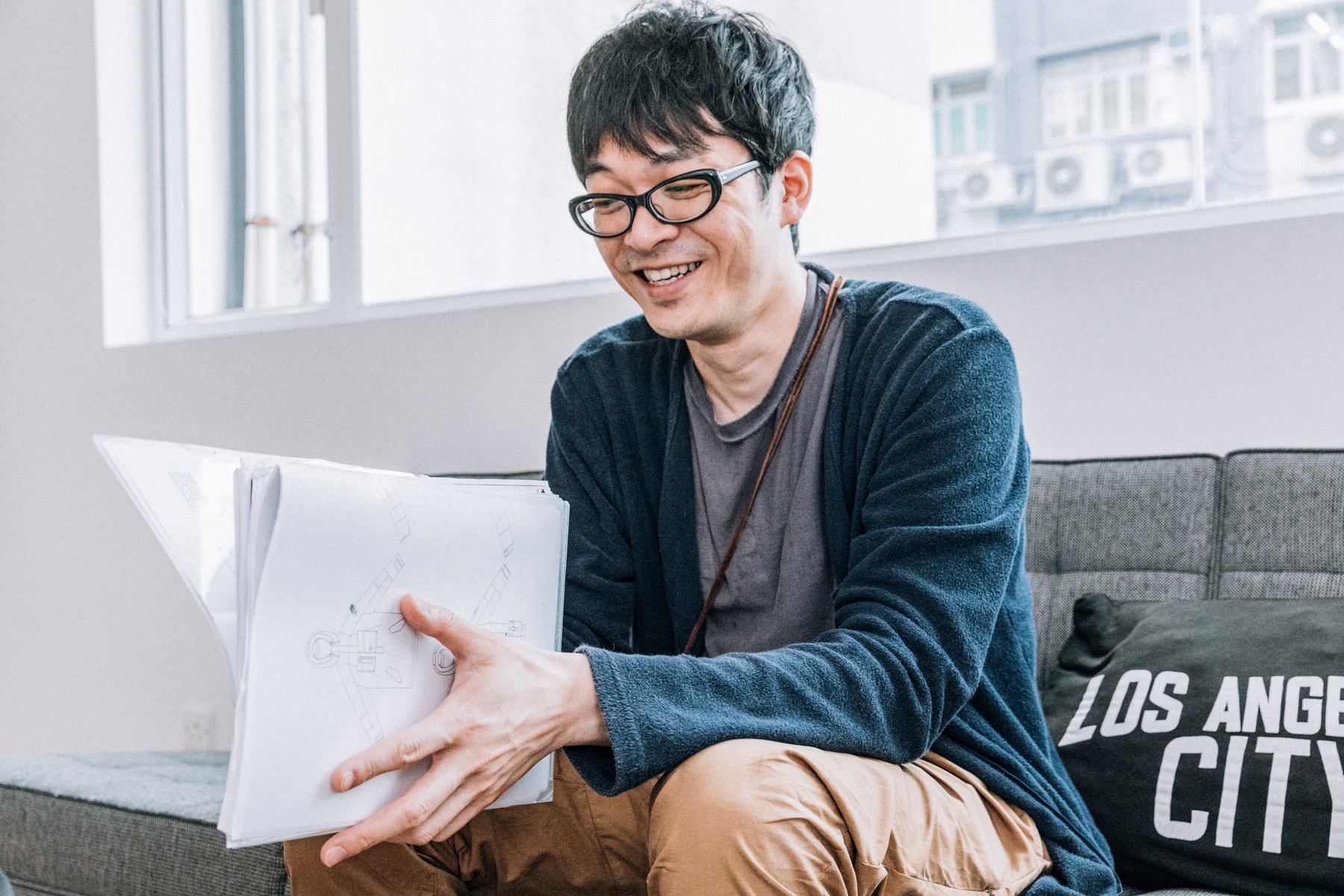
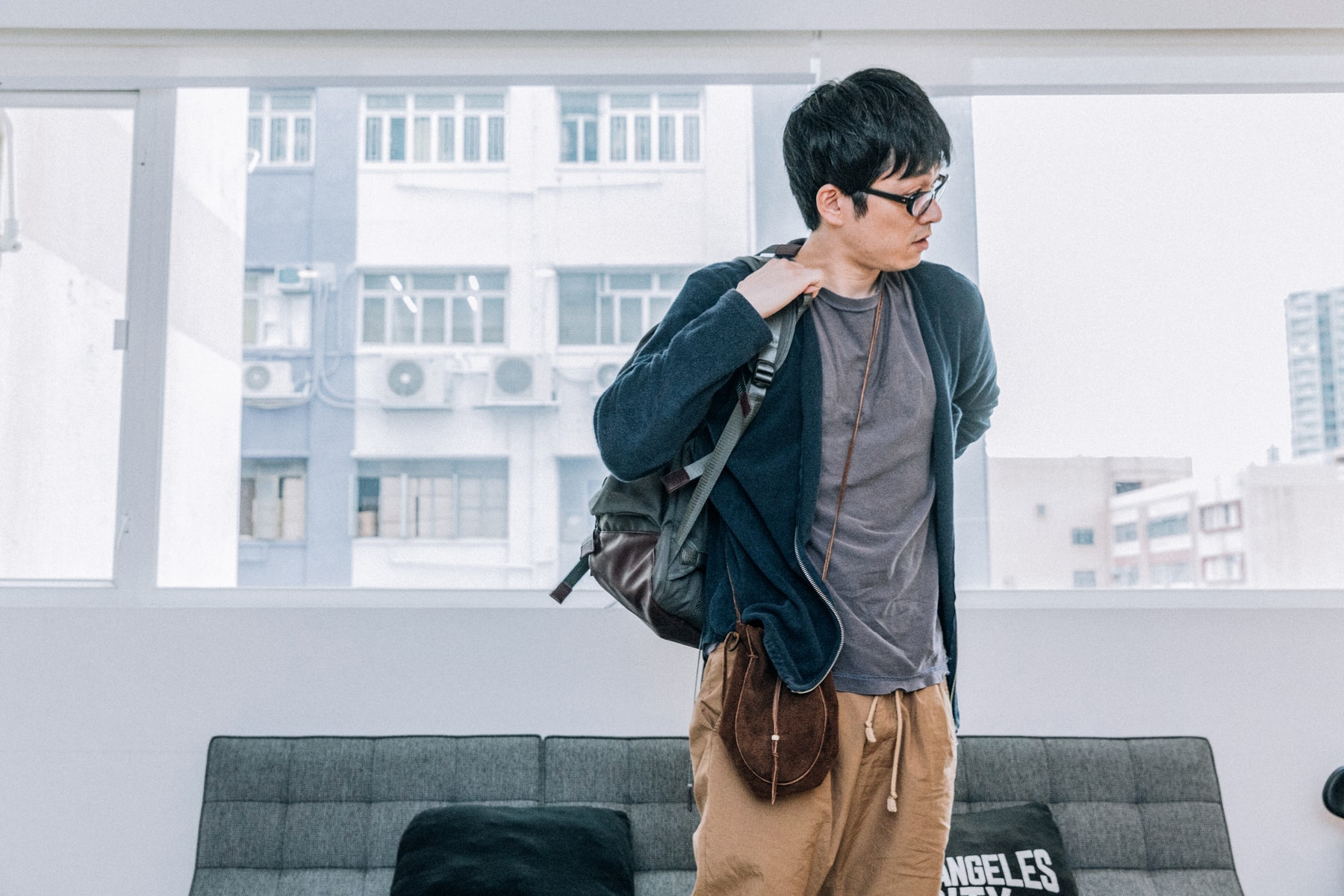
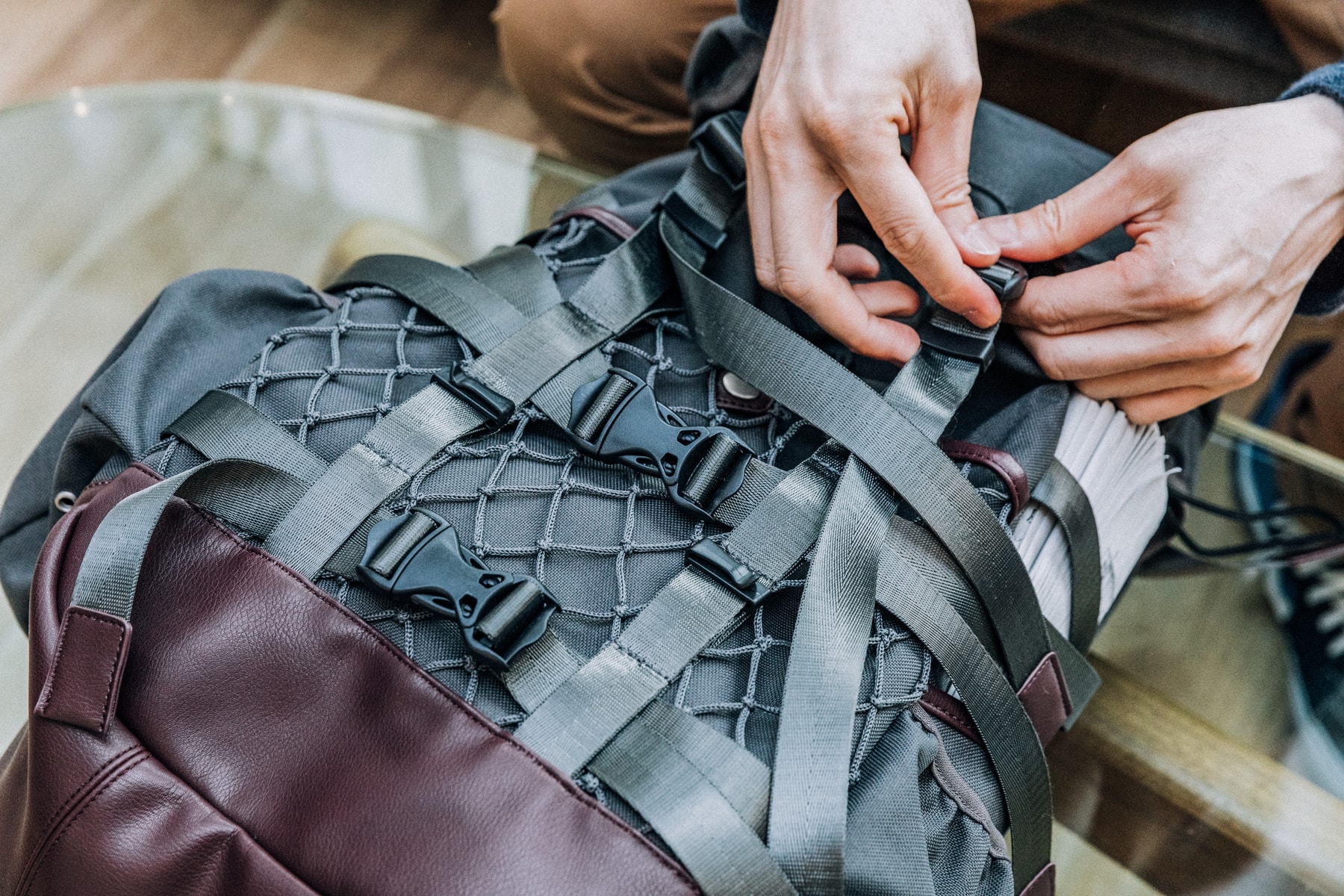

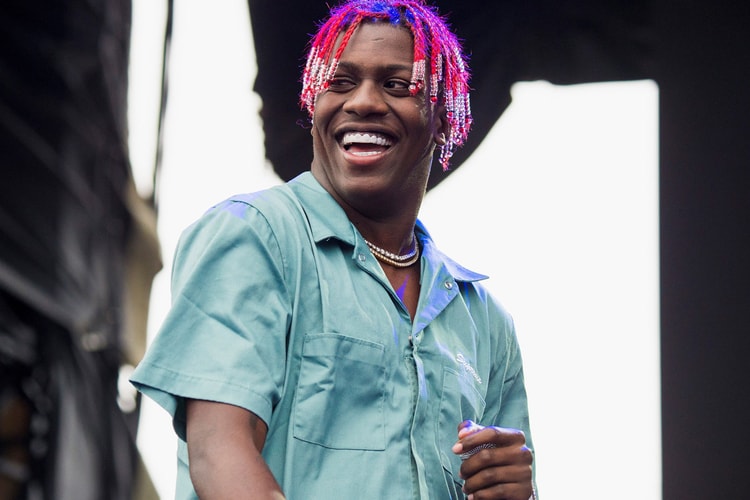
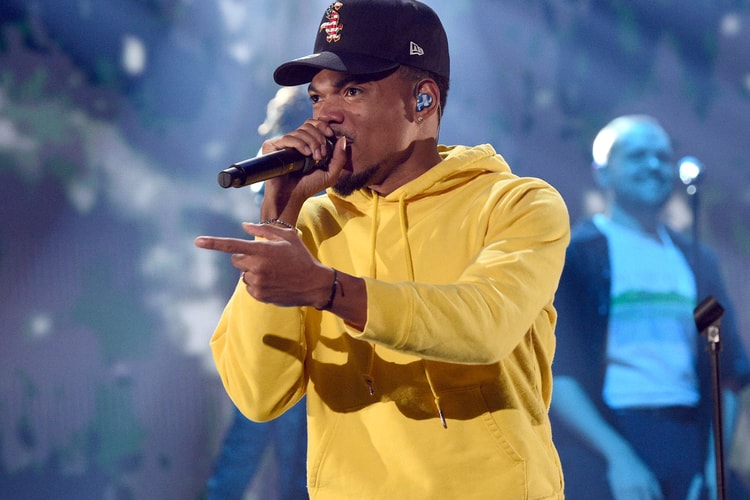
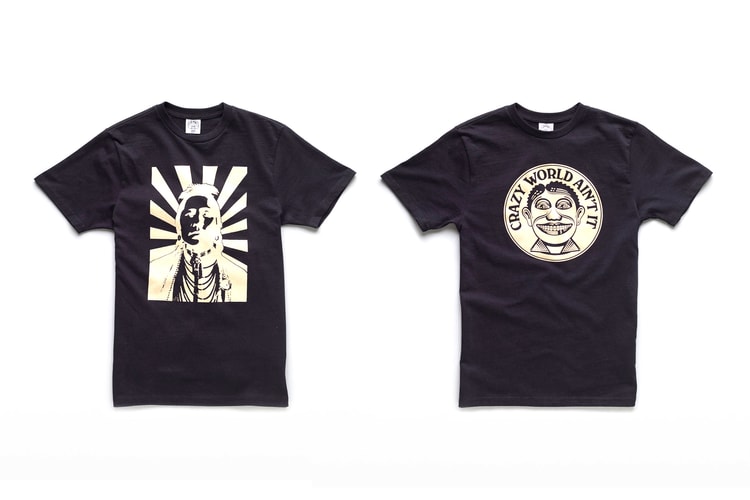
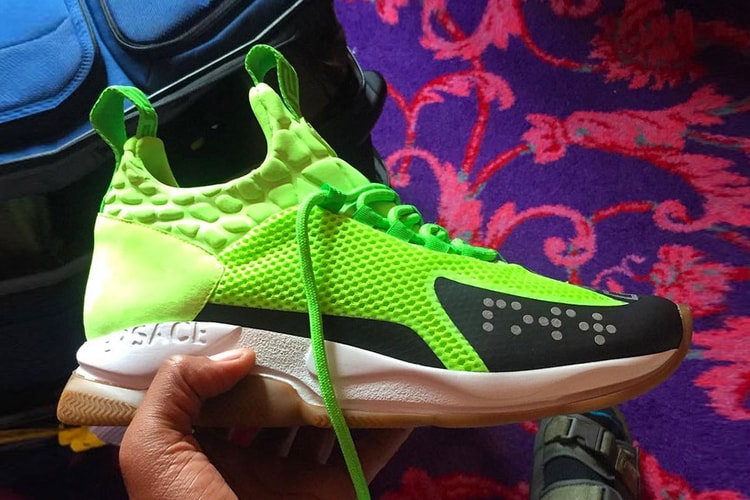

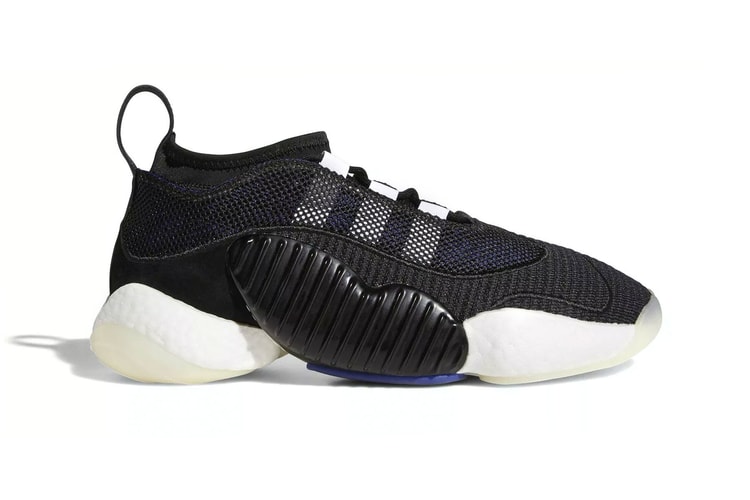

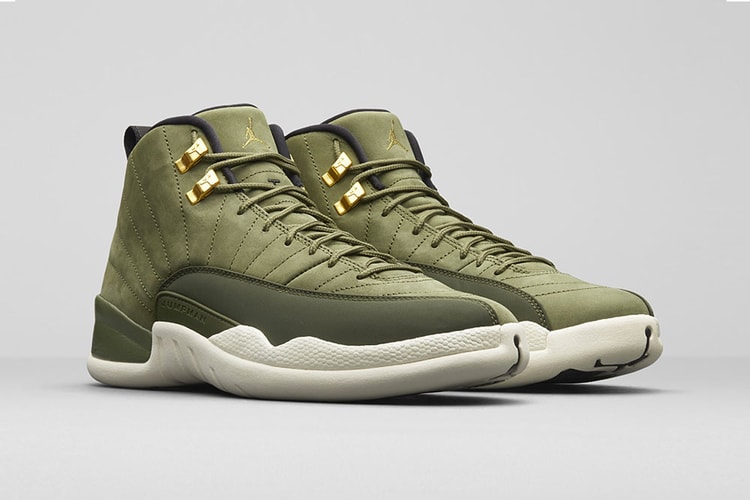
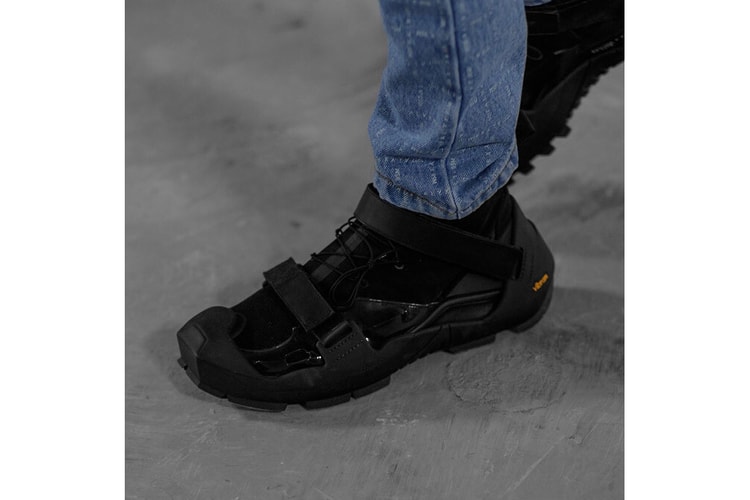
Photographer
Alex Lau/Hbx, Ambrose Leung/HypebeastInterviewer
Ambrose Leung/Hypebeast, Charlie Zhang/HbxContributing Editor
Drew Pulig/Hypebeast